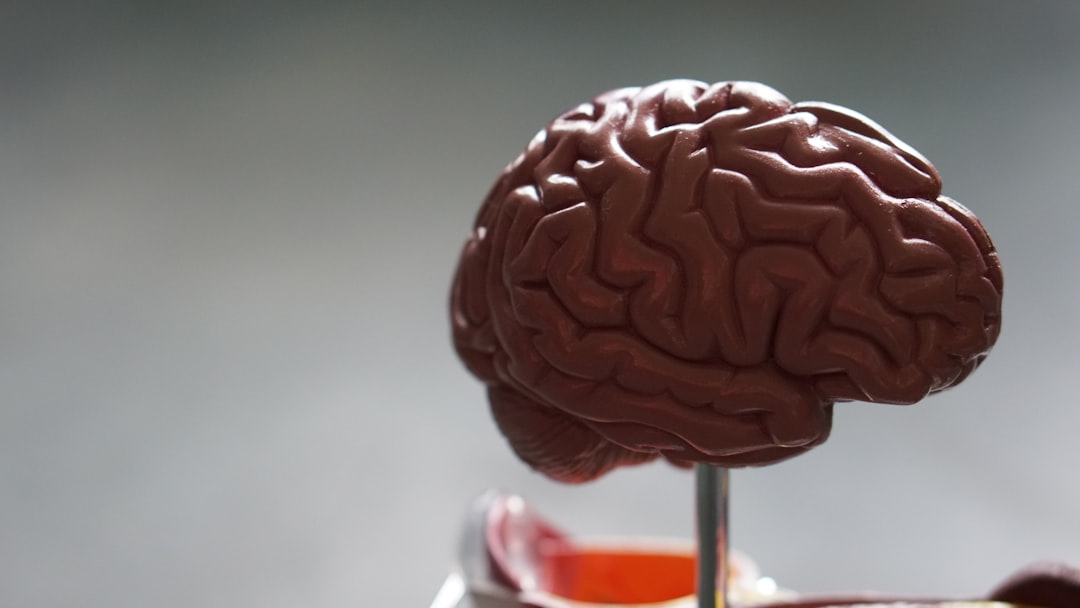What is it about?
Mathematical modelling of thyroid homeostasis based on principles of biomedical cybernetics delivers valuable tools to clinical research and it helps to improve discriminatory power to laboratory testing. This article gives an outline of the methodology and it summarizes the results of clinical trials and evaluation studies. In addition, it provides previously unpublished results of formal validation with Monte Carlo simulation.
Featured Image
Why is it important?
This perspective article describes the most influential models of hypothalamus-pituitary-thyroid feedback control: 1) The UCLA platform, a set of cybernetic models developed by the group of Joseph DiStefano 2) The logarithmic standard model of thyroid homeostasis that delivered the foundation of Jostel's TSH index 3) The MiMe-NoCoDI platform, a family of models enabling vertical integration from the molecular level to that of the whole organism. It forms the foundation of the SPINA (structure parameter inference approach) methodology, delivering estimates for thyroid's secretory capacity (SPINA-GT) and sum activity of peripheral deiodinases (SPINA-GD). 4) The MiMe-Log model, the so-called "minimal model" of thyroid homeostasis. It provides a methodology for reconstructing the personal set point of hypothalamus-pituitary-thyroid axis.
Read the Original
This page is a summary of: Calculated Parameters of Thyroid Homeostasis: Emerging Tools for Differential Diagnosis and Clinical Research, Frontiers in Endocrinology, June 2016, Frontiers,
DOI: 10.3389/fendo.2016.00057.
You can read the full text:
Resources
Full Text
Full text (HTML and PDF) at Frontiers in Endocrinology
Supplemental data
Original data of validation study.
Monte Carlo simulation
Example S script (compatible with R 2.10 or newer) generating simulated laboratory results with concentration-dependent coefficients of variation.
Figure 1
Figure 1. (A,B) Reliability of SPINA-derived parameters is higher than that of measured hormone concentrations. Shown are results of Monte Carlo evaluation of SPINA-GT and SPINA-GD based on simulated imprecise hormone assays. Hormone concentrations were modeled in SimThyr 4.0 with different pre-defined values for GT and GD, respectively. Subsequently, absolute hormone levels were converted to measurements by means of an S script that injected additive and multiplicative noise, in order to get vendor-reported concentration-dependent coefficients of variations (CV). The lines show mean ± SD of hormone concentrations predicted by structure parameters calculated from simulated noisy measurements. CVs as markers for measurement reliability of SPINA-GT and SPINA-GD are below 10% in all cases, although CVs of corresponding hormone assays exceed 20% in low concentrations. (C) SPINA-GT is sensitive for thyroid disorders of primary origin and specific with respect to secondary dysfunction. The plot shows distribution of hormone concentrations in certain primary and secondary thyroid conditions compared to normal percentiles of SPINA-GT. The green crossing rectangles define univariate reference ranges for TSH and FT4, respectively. The purple lines represent FT4 concentrations at the 2 and 97% percentiles of SPINA-GT.. (D) SPINA-GD is an estimate for deiodination. Shown is correlation between SPINA-GD and conversion rate in slow tissue pools. See paper for references.
PubMed Central Entry
Free full-text archive at NIH's PubMed Central® (PMC)
Contributors
The following have contributed to this page










